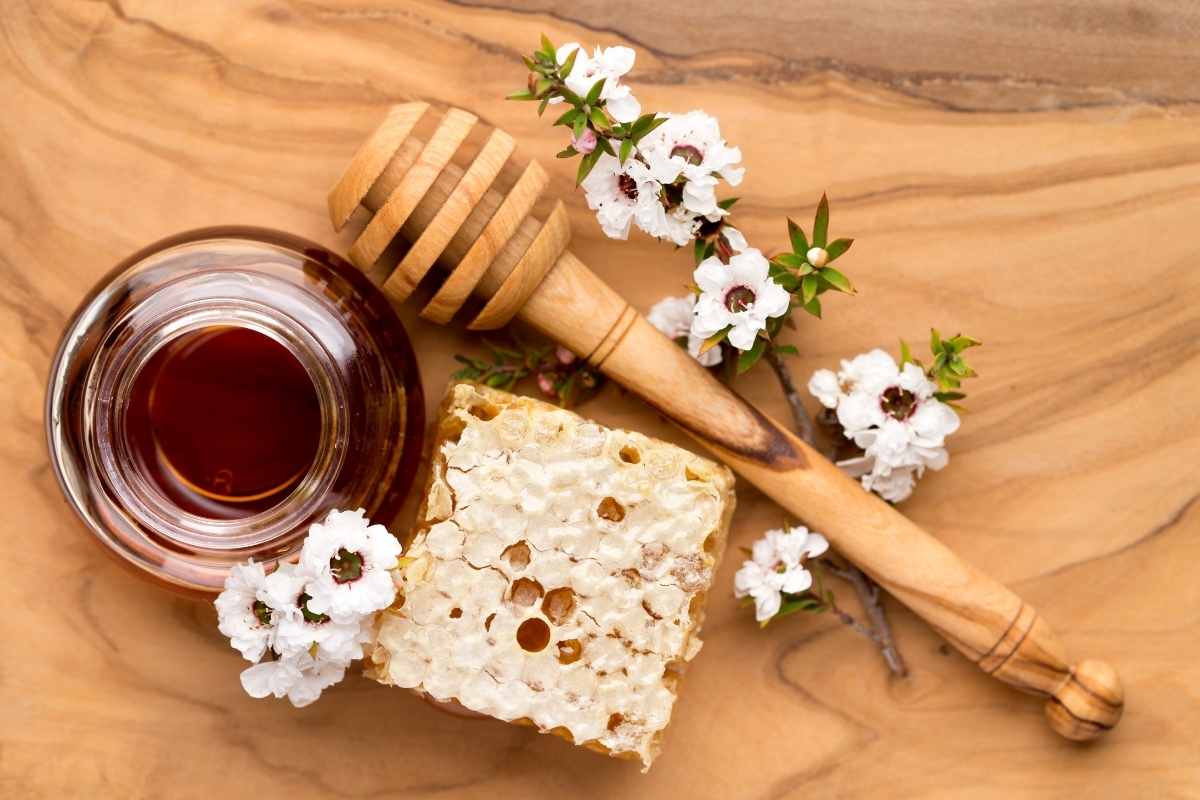Why Some Australians Are Swapping Pills for a Spoon Instead

When your immune system, skin, and gut are asking for support, it might be time to consider what’s already sitting in your kitchen cabinet.
The Growing Doubt Around Traditional Supplements
For decades, many Australians have leaned on multivitamins, probiotics, and cold & flu tablets in hopes of staying well. But recently, more people are starting to question whether their supplement shelf is actually doing the job. The capsules promise a lot, but results often feel inconsistent. Some come with side effects, while others leave no noticeable difference at all.
Meanwhile, there’s been a quiet but clear shift: Australians are reaching for something that feels both natural and potent—something they can see, taste, and feel working. That shift is happening with manuka honey Australia, especially in its higher-strength forms.
So Many Labels, So Little Clarity
One of the biggest challenges with supplements is the disconnect between what the label says and what your body experiences. You might take a probiotic daily and still deal with bloating. Or pop vitamin C all winter and still catch every bug going around.
That’s where natural remedies have started gaining ground. Not the vague mixes of the past—but well-documented, highly active ingredients. Among them, manuka stands out. In particular, manuka honey 850 and above has been shown to carry high concentrations of MGO (methylglyoxal), the compound responsible for its antibacterial and healing power.
From Shelf Doubt to Spoonful Clarity: A Parramatta Story
Consider Daniel, a 35-year-old graphic designer based in Parramatta City. For years, he battled recurring sinus infections and fatigue. He tried everything: daily vitamins, nasal sprays, and expensive immunity blends. Nothing seemed to offer lasting relief.
One winter, a friend from Westmead introduced him to raw high-grade manuka. Skeptical at first, Daniel tried a local jar with manuka honey 850 rating—just a teaspoon every morning and evening.
After a month, Daniel noticed his sinus issues had calmed dramatically. He felt clearer, more energetic, and hadn’t needed his usual round of antibiotics. It wasn’t magic, he said—it just worked. That one jar replaced three different supplements on his shelf.
Why the Shift Toward Potent Honey Makes Sense
We’re not talking about the syrupy honey in the bear-shaped bottle here. High-grade manuka is a different beast altogether—dense, earthy, and packed with natural compounds your body can actually recognize.
Here’s what makes this trend toward therapeutic honey not just a fad, but a thoughtful change:
- Bioavailability: Unlike capsules, manuka honey is easily absorbed and starts working right in your mouth and gut.
- Natural Antibacterial Strength: Especially at MGO levels of 850 and up, it can help fight off harmful bacteria.
- No Additives: The good stuff is unprocessed, raw, and comes from traceable Australian or New Zealand farms.
- Multi-Use: Besides eating it, you can use it on wounds, acne, and sore throats.
And because it’s a single-ingredient food, it sidesteps the uncertainty of what’s in your supplements.
What to Watch Out for Before You Grab a Jar
Not all manuka on the market is the real deal. Labels can be misleading, and many jars have low MGO levels that won’t offer the benefits you’re looking for.
Here’s how to protect your health and your wallet:
- Look for MGO or UMF ratings (the higher, the stronger)
- Choose products with traceable sourcing (Australia or New Zealand origin)
- Avoid blends that mix manuka with regular honey or sugar syrup
- Read reviews from trusted local buyers
If you’re serious about results, skip anything under 250 MGO. For therapeutic impact, manuka honey 850 and above is the zone to start with.
The Role of Local Knowledge
In Parramatta and other parts of Sydney, pharmacists and natural health stores often recommend brands they’ve seen work firsthand. Some even stock regional batches from nearby beekeepers. That community wisdom can be more useful than a hundred online reviews.
It’s not uncommon to hear from locals who began with a general supermarket jar and saw no results—only to switch to high-strength manuka and feel a real difference in digestion, immunity, and even energy levels.
No One’s Saying Throw Away Your Vitamins—But…
Supplements still have their place. But if you’re tired of stacking bottles with little impact, maybe it’s time to simplify. Manuka offers something that’s hard to beat: a single, powerful ingredient with centuries of use, modern testing, and real-world results.
From Daniel’s story in Parramatta to countless others across Australia, the message is consistent: sometimes, nature already has the answer. And sometimes, it comes in a spoon—not a pill.
Final Thought: Choose What Feels Real
Health decisions can feel overwhelming. But starting with something natural, proven, and trusted by your own community might make all the difference.
Before you head to the supplement aisle again, consider the quiet strength of manuka honey australia—and ask your local shop what jars they recommend.
You might be surprised how much one spoonful can replace.
